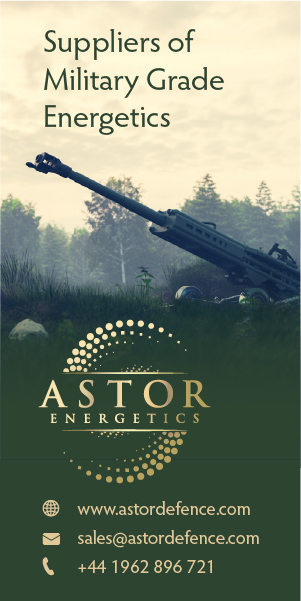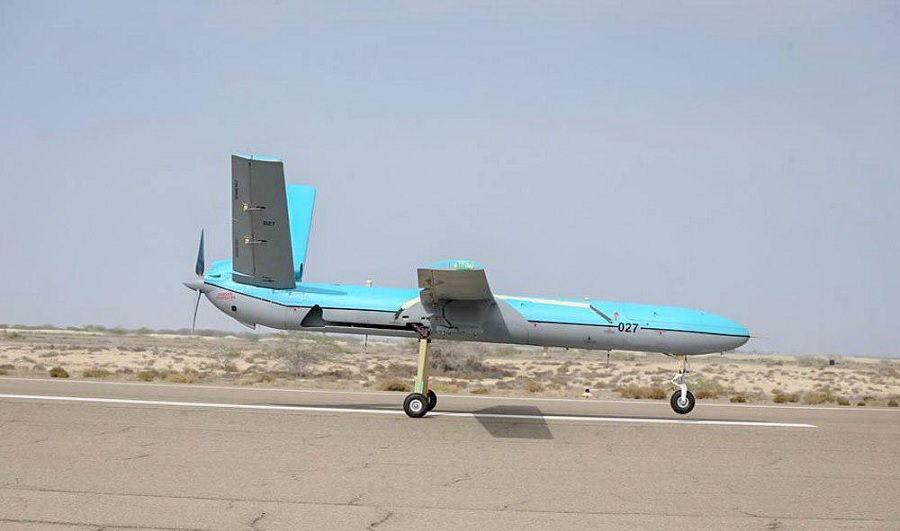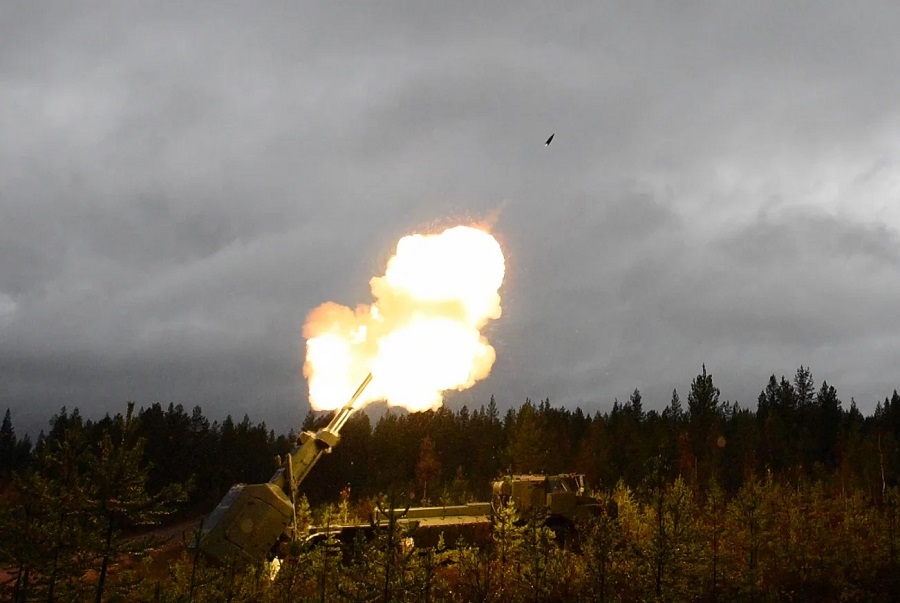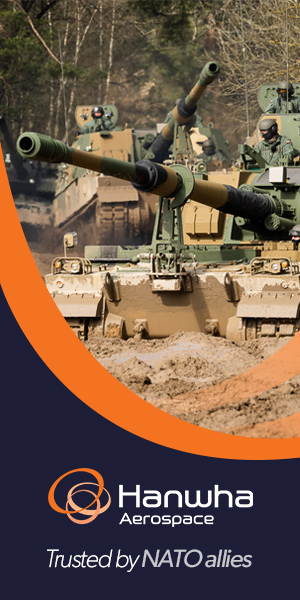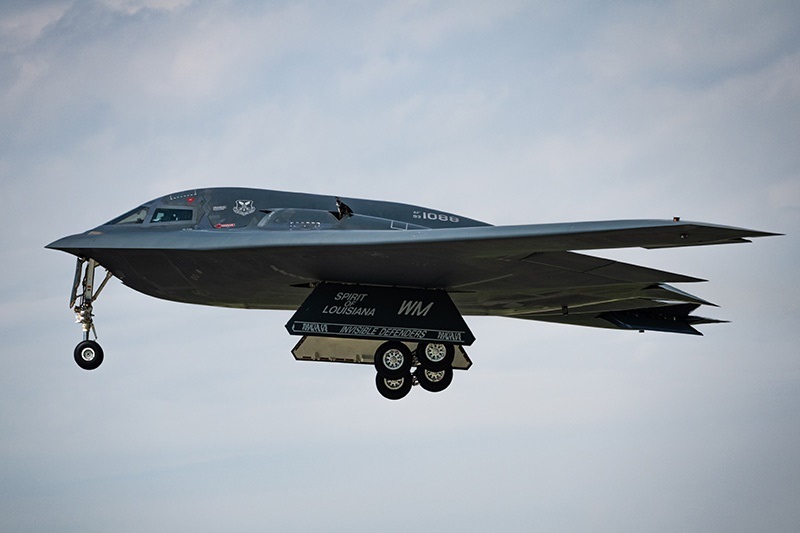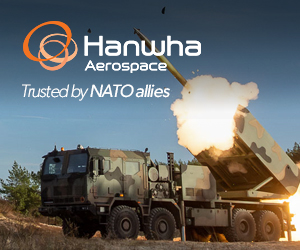The IRGC of Iran presented the Fattah hypersonic ballistic missile on June 6, 2023. The missile has distinct qualities and is classified as a hypersonic missile by senior Israeli experts. According to Tal Inbar, an Israeli senior analyst, the missile has a diameter of about 1 meter and is approximately 15.3 meters long. It has a takeoff weight of around 12 tons, including nearly 9 tons of propellants. The reentry vehicle (RV) weighs 1 ton, and the warhead weighs between 350 to 450 kg.
The missile utilizes a guidance and navigation system based on Inertial Navigation Unit (INU) and Global Navigation Satellite System (GNSS), which includes GPS and GLONASS. The assessed Circular Error Probable (CEP) accuracy is between 10 to 25 meters, and the warhead is High Explosive Fragmentation (HE F).
The missile’s first stage is based on or identical to the Khaibar Shekan missile. The Reentry Vehicle (RV) is equipped with a sturdy rocket motor similar to the kick motor used in satellite launchers, specifically the Arash-24. The RV includes four steering fins for controlling the missile during boost and reentry phases.
During the first phase, there is burnout of the rocket motor, boost, and separation of the RV from the first stage. In the second stage, the missile enters a ballistic flight, followed by the ignition of the RV’s sustainer outside the atmosphere. The RV then performs 3D maneuvers, including a pull-up reentry into the atmosphere using the four steering fins. In the third phase, there is a pitch-down maneuver using the four fins, and depending on the range, the sustainer continues to burn until the target is approached with a planned angle of attack.
The RV’s sustainer has a long burn time, starting outside the atmosphere and continuing until near impact. This long burn rocket motor is effective for minimizing gravity losses, with the missile flying at a small gamma angle. The missile approaches the target at a steep angle, minimizing wake and indicating supersonic speed only near impact.
The Israeli senior experts noted that Iran is likely the first country to implement a rocket motor into a hypersonic RV, although utilizing small rocket motors in an RV is not new in Iranian designs. Developing such a hypersonic, long-range strike missile requires a series of ground and flight tests, and setbacks and failures may have occurred during the development phase, although none have been published.
According to the expert, US space-borne assets can detect the missile launch but cannot provide impact point prediction. Throughout the entire flight phases, including the sustainer burn, the final impact point deviations may exceed hundreds of kilometers. The Iranian design incorporates a set of 3D maneuvers during this phase, which could potentially challenge western ballistic missile defence engagement strategies.
During the ballistic phase, it is assessed that the “Fattah” missile will use a depressed trajectory, which will limit the range of ground radars and electro-optical sensors due to line-of-sight (LOS) geometry. In the pull-up maneuver phase, as the reentry vehicle (RV) reaches an altitude of approximately 15 km, most sensors that are not in close proximity to this point may lose line-of-sight to the RV target. The pull-down maneuver, which involves potential high-g maneuvers, could also challenge tracking elements.
The Iranian research and development (R&D) community has demonstrated a genuine and unique hypersonic missile. It is not a replica or copy of any other design. Inbar stated that Iran has successfully closed most of its technological gap with both Eastern and Western missile communities. Iran is independent in these technologies and does not rely on external support from countries like DPRK or Russia.
The current status of the program is not clear, but it is likely that in-flight tests will be conducted prior to the initial deployment of the missile.





